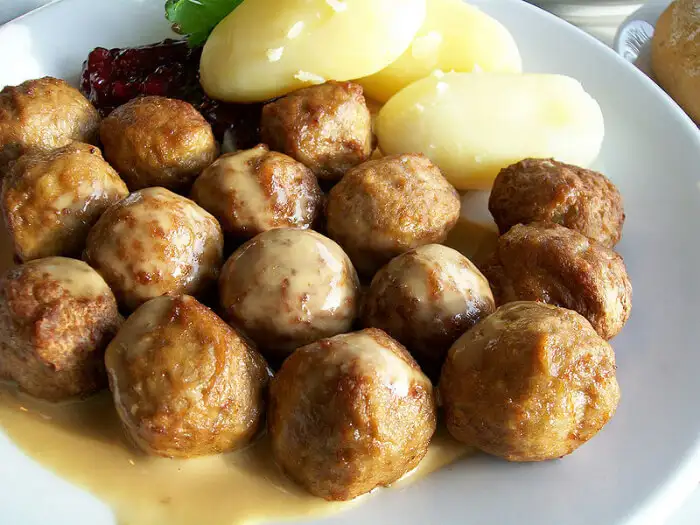Introduction: Swedish desserts in Europe
When it comes to European cuisine, desserts are often a highlight. While France is known for its delicate pastries and Italy for its gelato, Sweden’s dessert culture may not be as well-known. However, Swedish desserts have their own distinct flavor profile and style that sets them apart from other European desserts.
The role of simplicity in Swedish desserts
One of the defining characteristics of Swedish desserts is their simplicity. Swedish desserts are often made with only a handful of ingredients, highlighting the quality of each component. For example, a classic Swedish dessert is the kladdkaka, a gooey chocolate cake made with just butter, sugar, flour, eggs, and cocoa powder. This minimalist approach allows for the natural flavors of the ingredients to shine through, creating a delicious and satisfying dessert.
The use of berries in Swedish desserts
Another notable aspect of Swedish desserts is the prominent use of berries. This is due in part to Sweden’s abundance of wild berries, which are used in everything from jams and preserves to cakes and tarts. Lingonberries, in particular, are a common ingredient in Swedish cuisine and are often used as a topping for desserts like pancakes or waffles. Other popular berries used in Swedish desserts include strawberries, raspberries, and blueberries.
The influence of Scandinavian countries on Swedish desserts
Sweden’s dessert culture has also been shaped by the influence of other Scandinavian countries. For example, the Danish pastry, a flaky pastry filled with fruit or custard, is a popular dessert in Sweden. Similarly, the Norwegian krumkake, a thin, crispy wafer cookie, is also enjoyed in Sweden. This exchange of dessert traditions has created a unique blend of Scandinavian flavors and techniques in Swedish desserts.
The evolution of Swedish pastry culture
Over the years, Swedish pastry culture has evolved to include more modern and innovative desserts. While traditional desserts like semlor (a sweet bun filled with almond paste and whipped cream) and punsch-roll (a pastry filled with marzipan and dipped in chocolate) are still beloved, newer desserts like chokladbollar (chocolate truffles) and cheesecakes have also become popular.
Conclusion: Unique characteristics of Swedish desserts
Overall, Swedish desserts may not be as well-known as their European counterparts, but they offer a unique and delicious experience. From their simple yet flavorful ingredients to their abundant use of berries, Swedish desserts are a testament to the country’s culinary heritage and innovation. Whether you’re enjoying a classic kladdkaka or trying a new pastry creation, Swedish desserts are sure to satisfy your sweet tooth.

